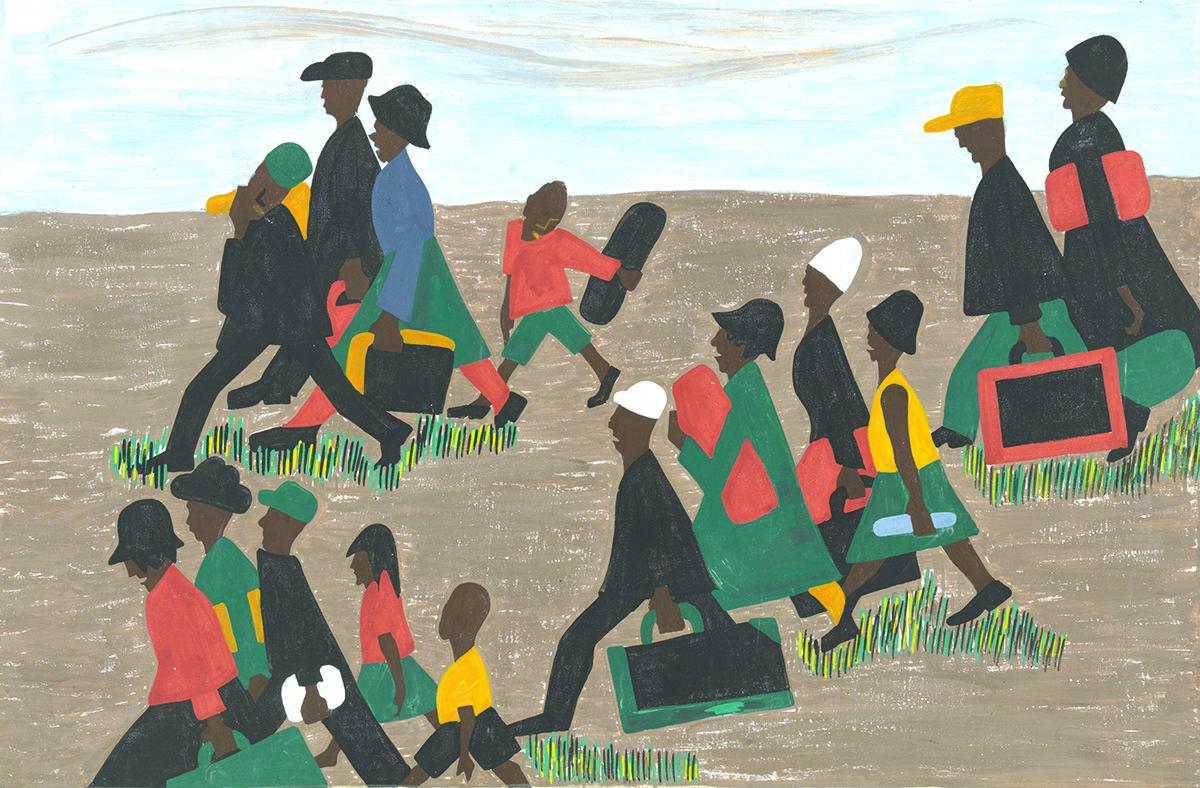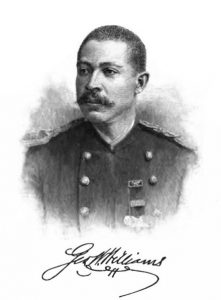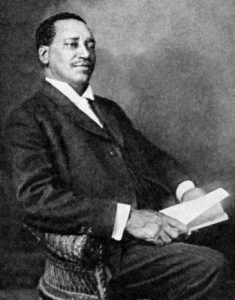Another book I read in the class World History in the Year 1900 was A World History of Rubber: Empire, Industry, and the Everyday by Stephan L. Harp. It discussed the time period around the 1880s to the 1940s. I found this book interesting because it connected the struggles of people of color during the production of rubber in different parts of the world, from Sumatra, Indonesia to Akron, Ohio, through the study of a commodity. For example, it explains how plantation owners in Southeast Asia would call the workers of color “boy,” similar to what African Americans were called in America, thus emphasizing a power dynamic based on age and also on lack of manliness. These hierarchies were emphasized by the belief in scientific racism, that some races were naturally better than others.
When discussing Akron, also known as the Rubber City, the book discusses many of the things we discussed in class, like how African Americans migrated to the North for work, and how these power dynamics were complicated because in the North there were other immigrants that also got a lower status when seeking jobs. African Americans faced discrimination, as they were prevented from building tires until after World War II, and instead often worked in the mill room which had toxic fumes. They were also the first to be laid off and last to be rehired, and their lower pay reflected their status. The cafeterias were segregated and the Goodyear company featured minstrel shows. I admit these last points shock me a little, I think because usually when learning history it is emphasized to just blame the south for racism, which is highly problematic. The other reason it shocks me is because I know several of my (white) ancestors lived in Akron at the time, so it becomes a bit more real and personal than when reading about other places.
Harp’s organization of the book, putting it in sections like “race” or “gender” and then talking about various places in the world, reminds me of W.E.B Du Bois’ ideas on race, as he often discussed it from a global perspective. I would recommend this book if someone was interested in seeing the world through a commodity and have it focus on the global interactions. However, I think the book could use more substance and examples. The book does mention Wooster once, which was fun to read.


 christian. He truly enjoyed his experience in Africa, at least compared to many of the other missionaries. In 1892, Sheppard became the first foreigner to reach the town of Ifuca.
christian. He truly enjoyed his experience in Africa, at least compared to many of the other missionaries. In 1892, Sheppard became the first foreigner to reach the town of Ifuca.